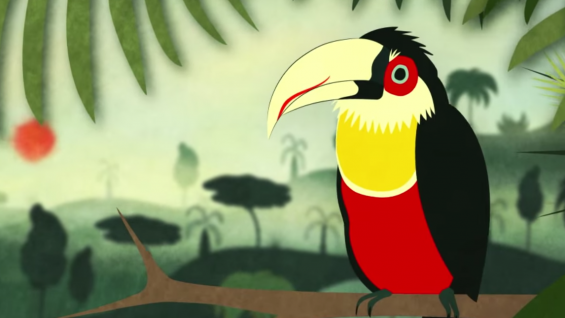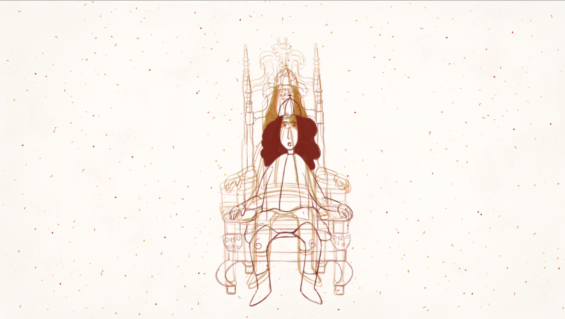
Art + Science: How the work of George Seurat inspired a TED-Ed Animation on emergence
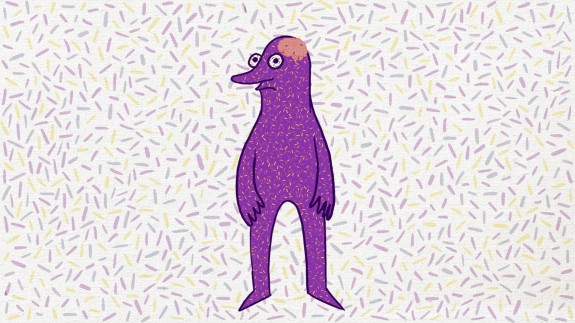
Let’s go behind the scenes of one recent TED-Ed Lesson, How do schools of fish swim in harmony?, which examines the concept of emergence. In this TED-Ed Lesson, the animated style just so happens to have been largely influenced by the pointillist paintings of George Seurat and his contemporaries.
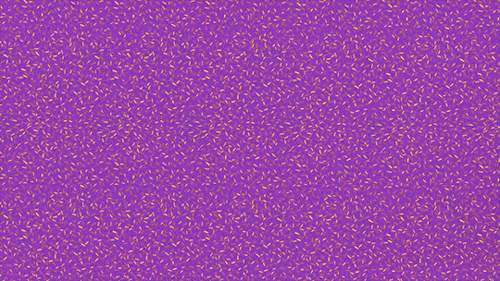
Emergence refers to the spontaneous creation of sophisticated behaviors and functions from large groups of simple elements, and can be used to explain the movements of ants, fish, and birds — as well as how the tiny cells in your brain give rise to the complex thoughts, memories, and consciousness that are you.

A Sunday Afternoon on the Island of La Grande Jatte, George Seurat (1884–86)
It’s kind of like a pointillist painting. When you zoom in real close, it’s just a collection of chaotic brush strokes. But take a few steps back, and you’ll see that all of those brush strokes are working together to illustrate a complex and detailed scene.
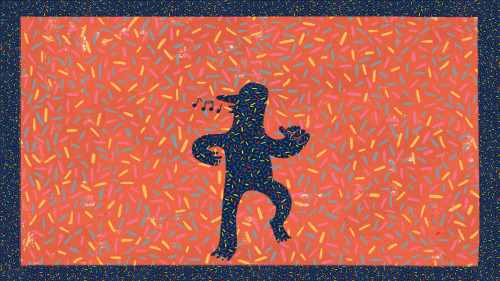
Pointillism stems from Impressionism, and depending on the artist’s technique, the size of the brush strokes vary, but are always visible. For example, Vincent van Gogh’s The Starry Night uses larger brush strokes in the night sky. In the above and below concept designs, you can see that the animator of the emergence lesson tested how different brushstrokes interact to create depth within a scene. She decided that the swirling waters would make sense as large brushstrokes, which also offered contrast to allow the small fish to stand out.
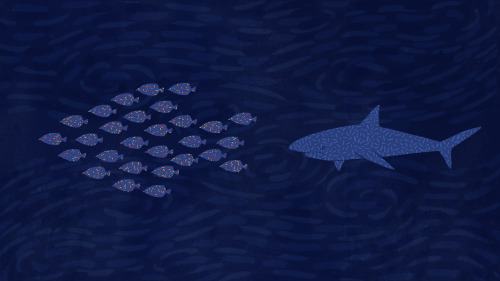
George Seurat also employed a technique called ‘divisionism’, sometimes known as ‘chromoluminarism’, in which colors were separated into individual dots or patches that interacted optically. So, rather than relying on mixing colors, painters like Seurat and Paul Signac juxtaposed contrasting colors to allow for optical mixing — which in theory would produce more vibrant and pure colors than the traditional process of mixing pigments.
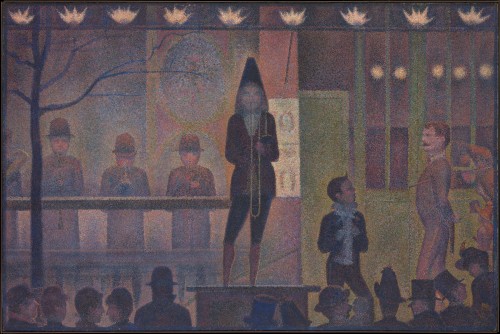
Circus Sideshow (Parade de Cirque), George Seurat (1887–88)
While designing this TED-Ed Lesson, George Seurat and Paul Signac’s paintings provided inspiration not just for the brushstroke technique, but also for the color palette.

This GIF of neural connections in the brain draws many of its colors from Seurat’s circus series palette.
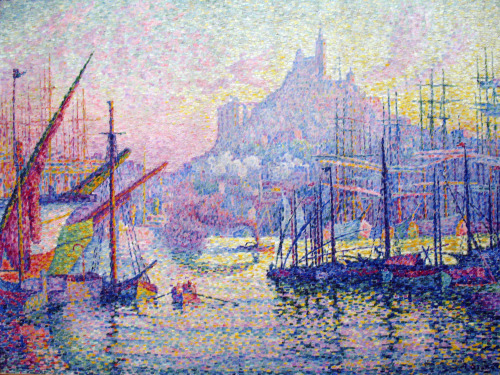
Notre-Dame-de-la-Garde (La Bonne-Mère), Marseilles, Paul Signac (1905-06)
Other, brighter GIFs in this post draw from the more vibrant colors commonly used by Paul Signac, as in the painting above.

Animating this lesson was an opportunity to renew a sense of wonder in our ever complex universe, whether studying it up close or from afar. We hope that watching it might do the same for you!
From the TED-Ed Lesson How do schools of fish swim in harmony? – Nathan S. Jacobs
Animation by TED-Ed // Lisa LaBracio
